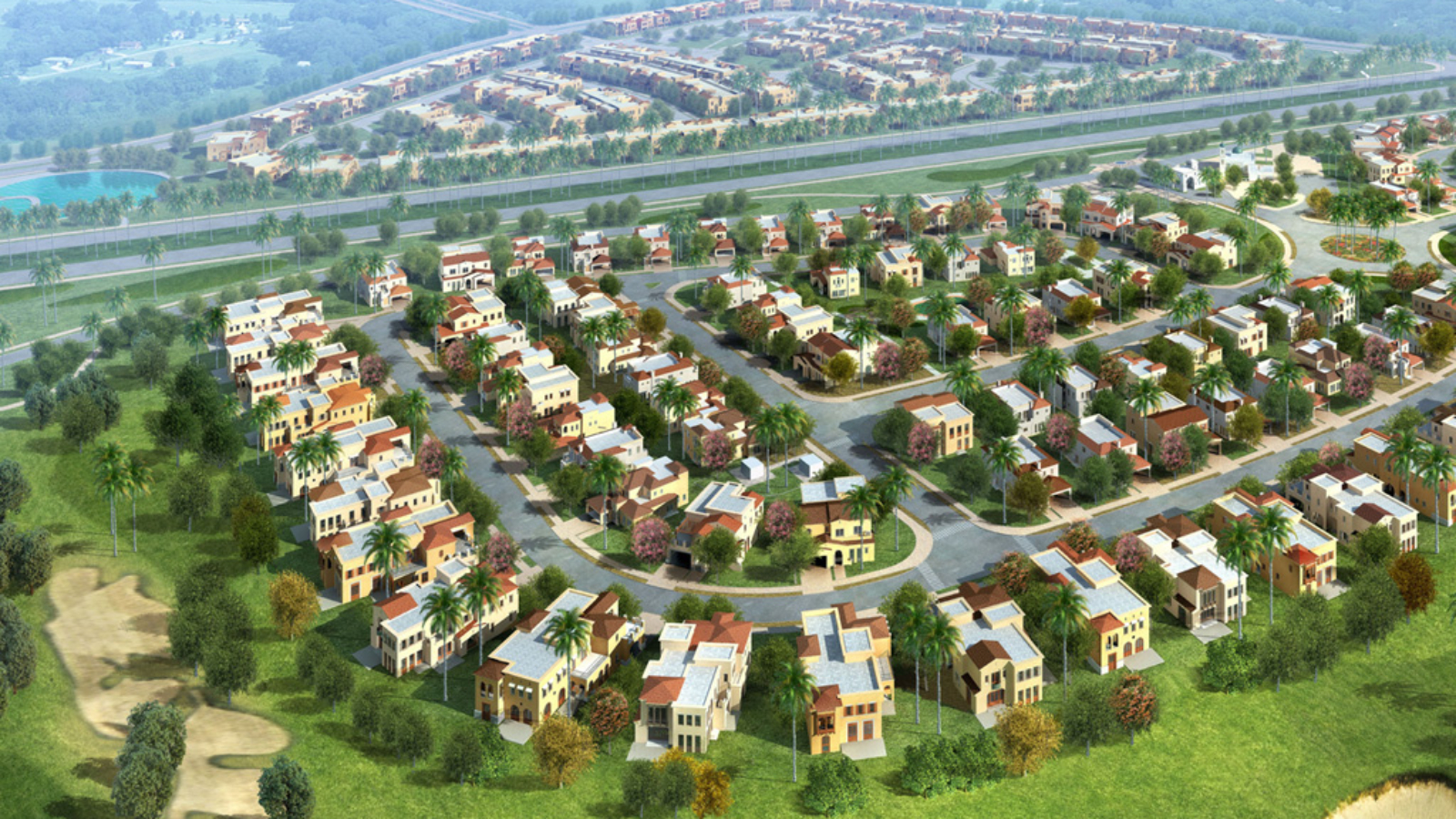Above: An official artist’s rendering of King Abdullah Economic City, a planned development in Saudi Arabia.
[Editor's note: The theme of the Winter 2010-2011 issue of World Policy Journal is “Megalopolis: The City of the 21st Century.” We asked experts, policymakers, and writers from around the world to answer this question: “In the future, what will our cities look like?” This is the second of two responses we received from Ajit Mohan; the first can be found here.]
By Ajit Mohan
NEW DELHI – In recent years, there has been much attention paid to gleaming new cities rising out of desert sands and farmlands in the Middle East, China and Vietnam. Masdar, in Abu Dhabi, raises the promise of a carbon-neutral city, replete with solar powered vehicles and green buildings. In a 150 square-mile stretch of desert north of Jeddah, Saudi Arabia is building King Abdullah Economic City. (Yes, that’s really its name.) Billed by the Saudi government as “a New Age City being built today for tomorrow’s generation of Saudi citizens,” KAEC, as it is known, will boast its own port, an “industrial valley,” an educational zone, a central business district with retail outlets and offices, a “financial island,” and luxury resorts. (Tellingly, the plans for the city make reference to “a residential area.” Note the singular: apparently, a New Age City doesn’t require many full-time residents.)
These grand new “insta-cities” will no doubt have a role to play in showcasing new technologies, new approaches to urban planning and, in a few countries, efforts at economic diversification. However, in much of Asia and Africa, the vast majority of urban populations will continue to live in existing cities. Managing growth in already-established urban centers will prove far more important than misguided attempts to create brand-new urban utopias.
One approach to growth-management that has gained some adherents in academic and business circles is the building of so-called “green-field” mini-metropolises on the peripheries of major cities. Think of it as “managed sprawl:” an effort to reduce messy congestion by shifting the population burden away from urban centers. It is a dreadful alternative, because it relies on the illusion that deeply-embedded economic and social patterns can be easily transplanted from one location to another.
Unsurprisingly, the early evidence for the efficacy of this approach is not encouraging.
Take 6th of October City — a satellite city of Cairo whose name commemorates the first day of the 1973 Arab-Israeli war. The initiative for the satellite city was driven by the Egyptian government, which made sizable public investments in road, water and power lines to the desert land. There was also substantial private investment in building new houses and villas. 6th of October City now has a population nearing a million, mostly consisting of wealthy transplants from Cairo and people who were forcicbly evicted from the city’s illegal slums. Yet its establishment has scarcely changed conditions in Cairo, which is more crowded and polluted than ever. The Chinese government had a similar experience in the Mongolian city of Ordos. There, the state built a brand new central district, comfortable new homes and plenty of office space to ease congestion. But few people moved to the “new” Ordos, while the “old” Ordos still has a population of 1.5 million.
The reasons for these failures are straightforward. New cities are expensive to build; by some estimates, it is twice as expensive on a per capita basis to build basic services from scratch than to expand services in existing cities. The economics of migration, therefore, may make sense only for the wealthiest residents of existing cities – or for those who have no other choice.
More importantly, cities are outcomes of history. It takes time to build and sustain a true ethos and spirit that is authentic, which is the reason why people choose to live in them. New York will always be New York not because of its skyscrapers but because of the teeming, thriving communities from the world who squeeze into its boroughs and define the city’s soul. Ultimately, cities will always be about the communities they foster, the imaginations they help facilitate, and the spaces and opportunities they help create for people to have infinite, random encounters and experiences in their daily lives. This takes time, and when they are in place, they usually stay in place for a long time.
That’s why the only viable way to create thriving urban centers is by renewing – and expanding – places where people already live. That remains the key challenge, and the opportunity, for the current generation of urban planners and policymakers.
Ajit Mohan was a management consultant at McKinsey & Company in New York and New Delhi and is the co-author of McKinsey Global Institute’s “India’s Urban Awakening: Building inclusive cities, sustaining economic growth."
